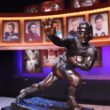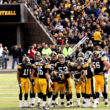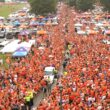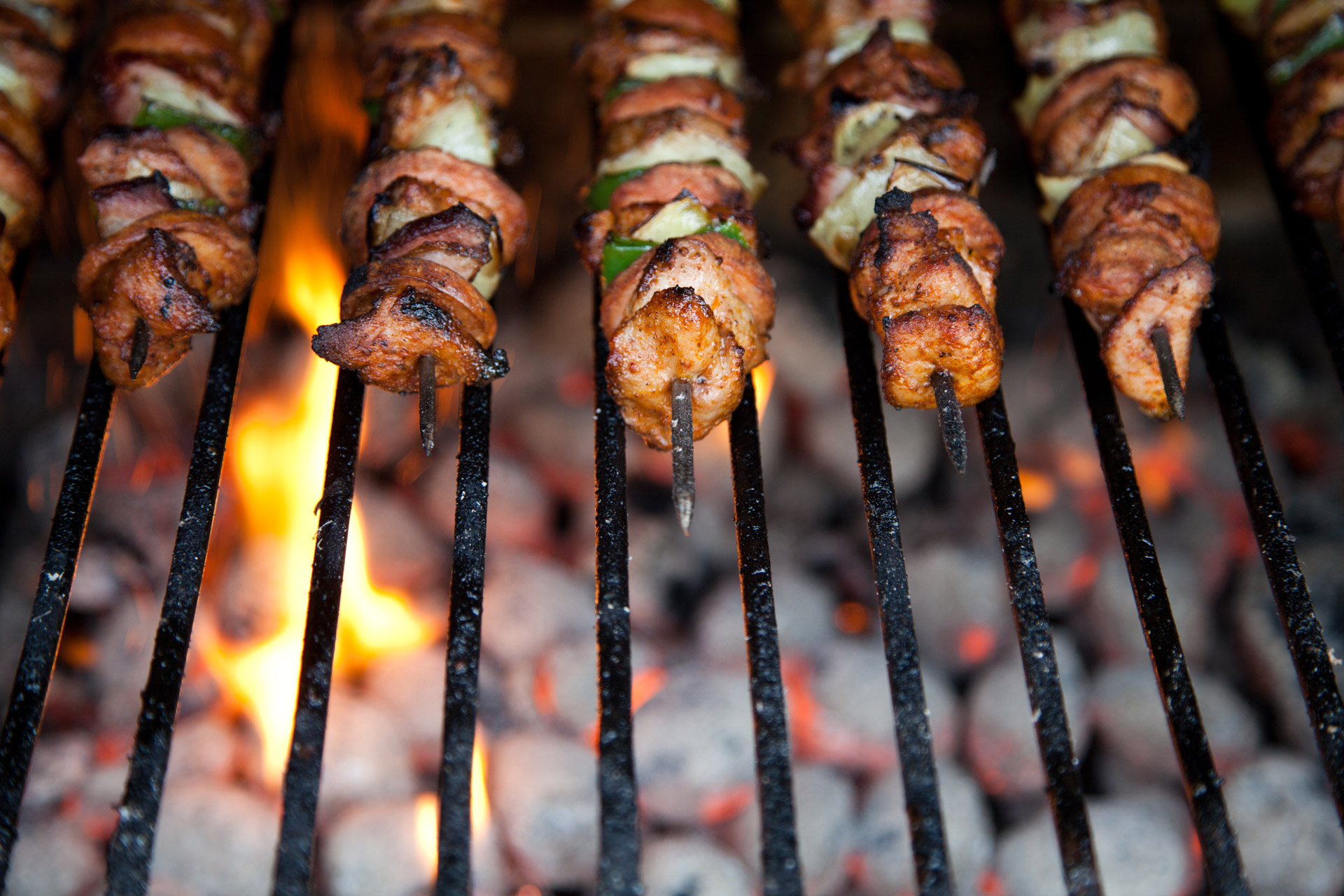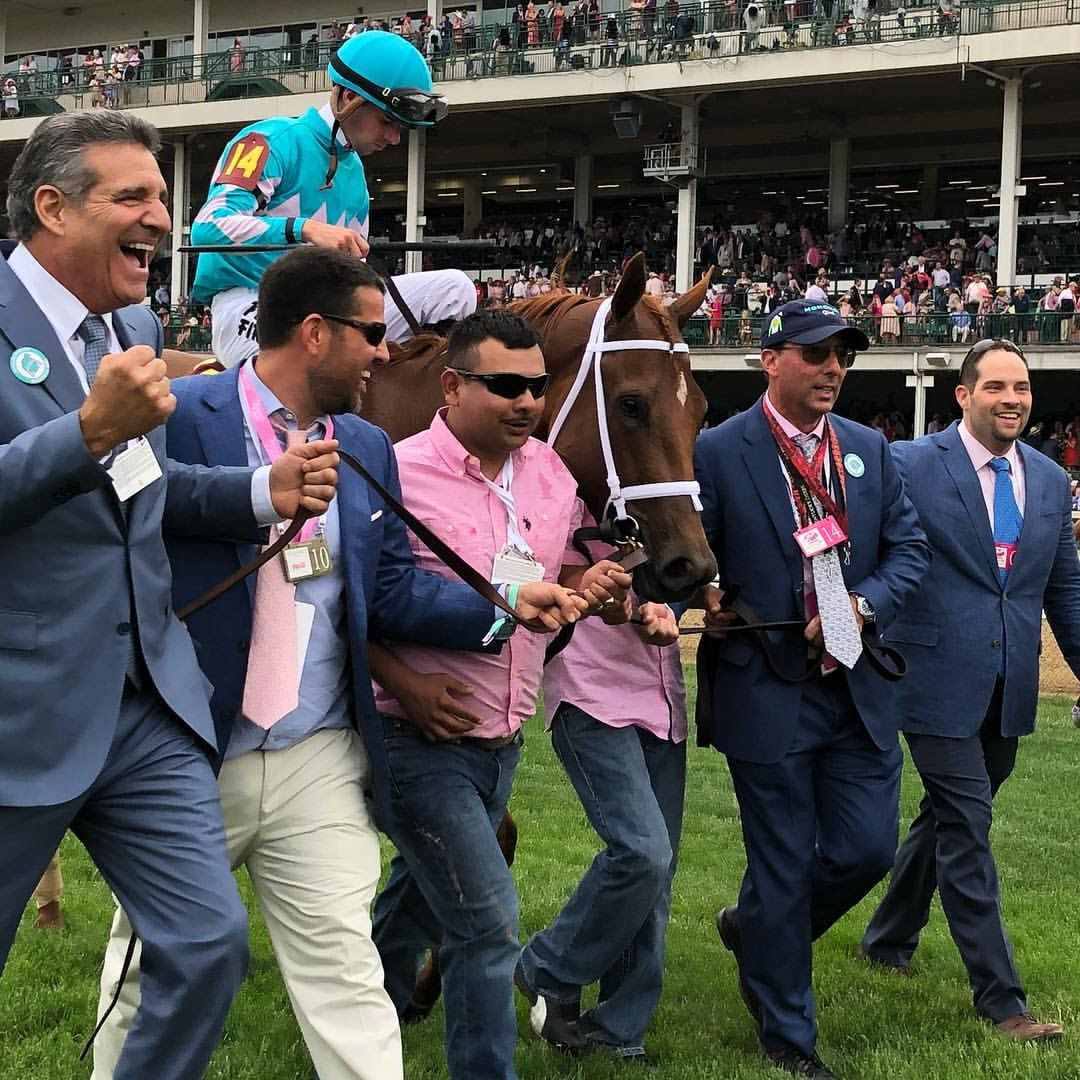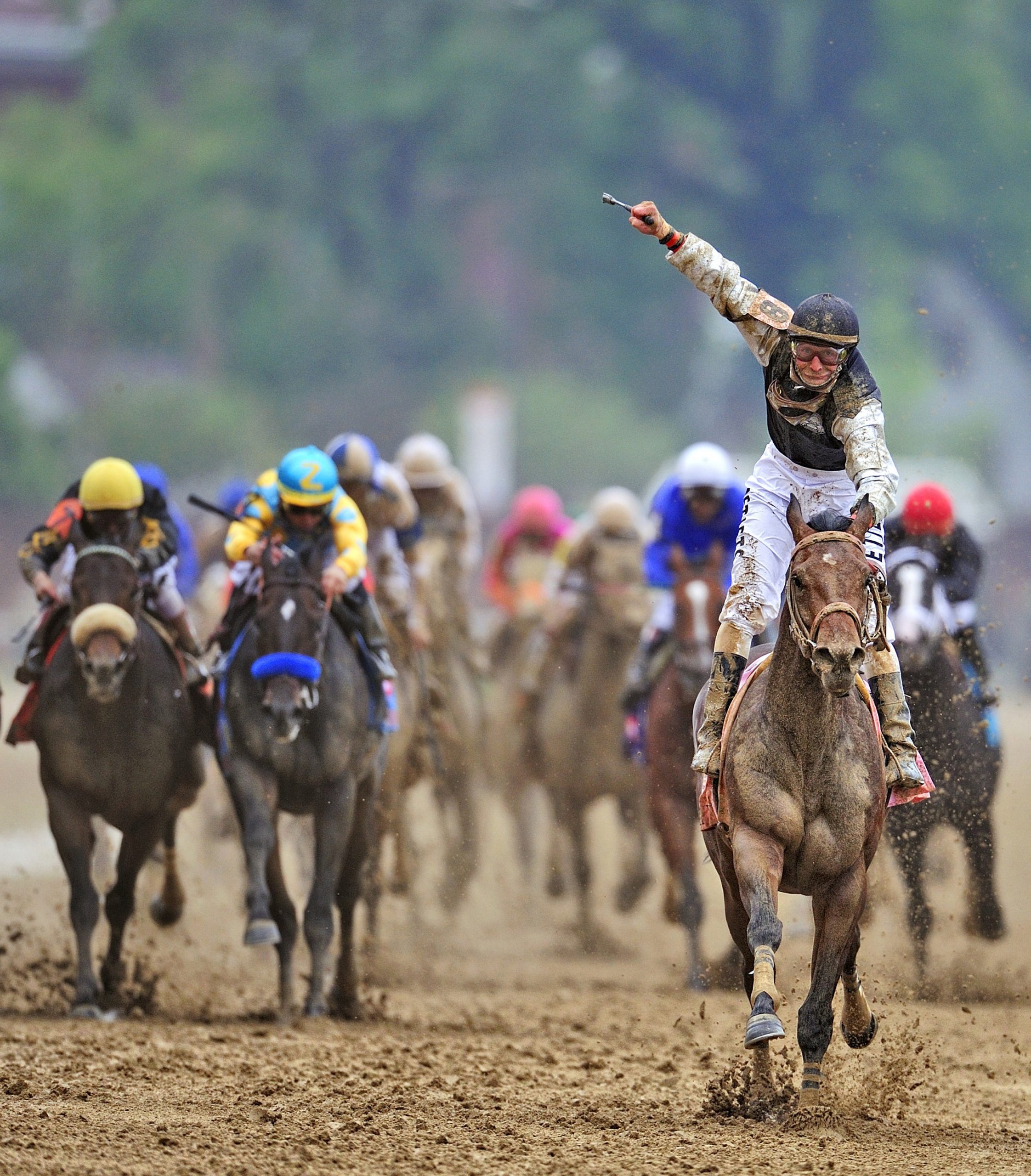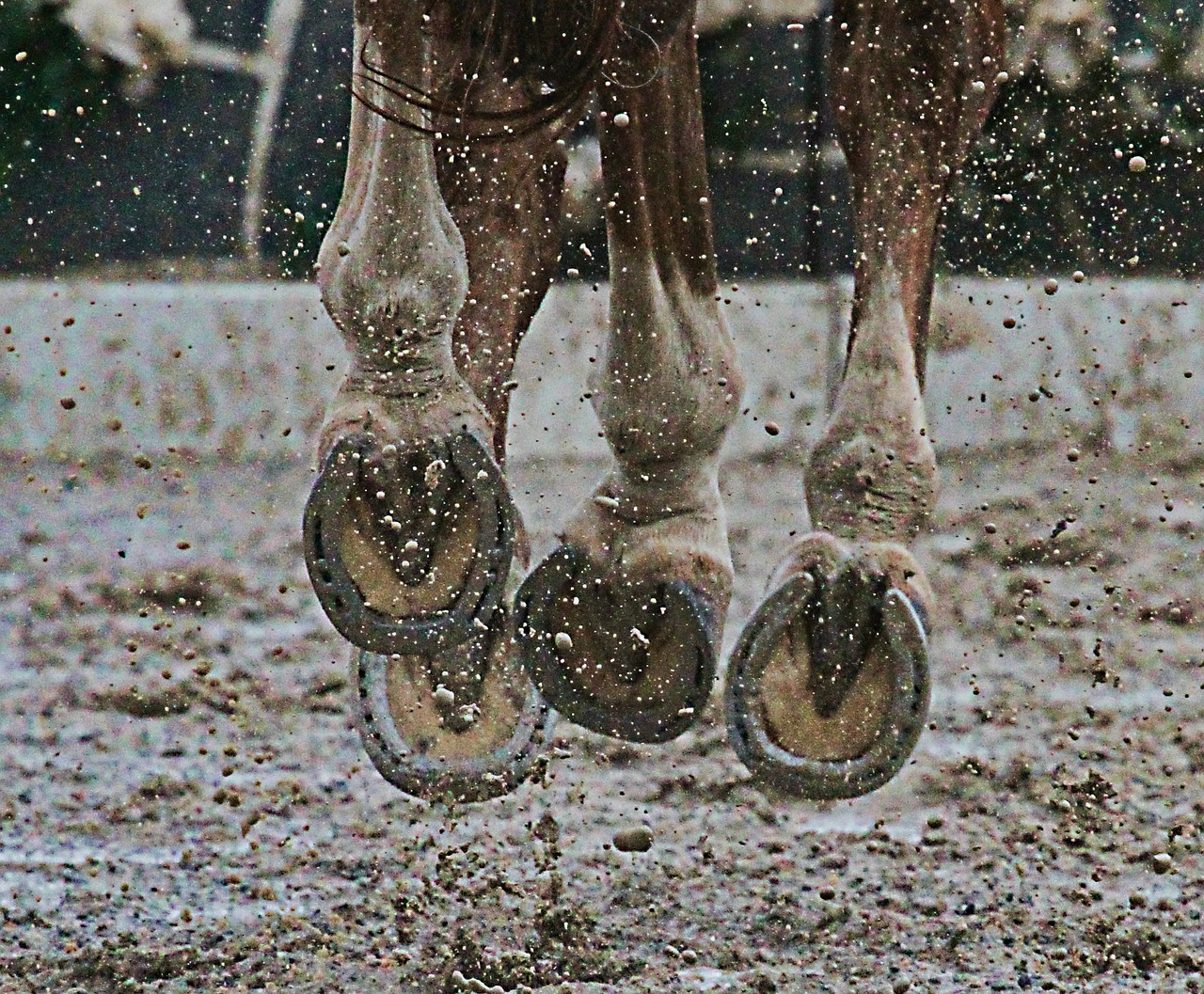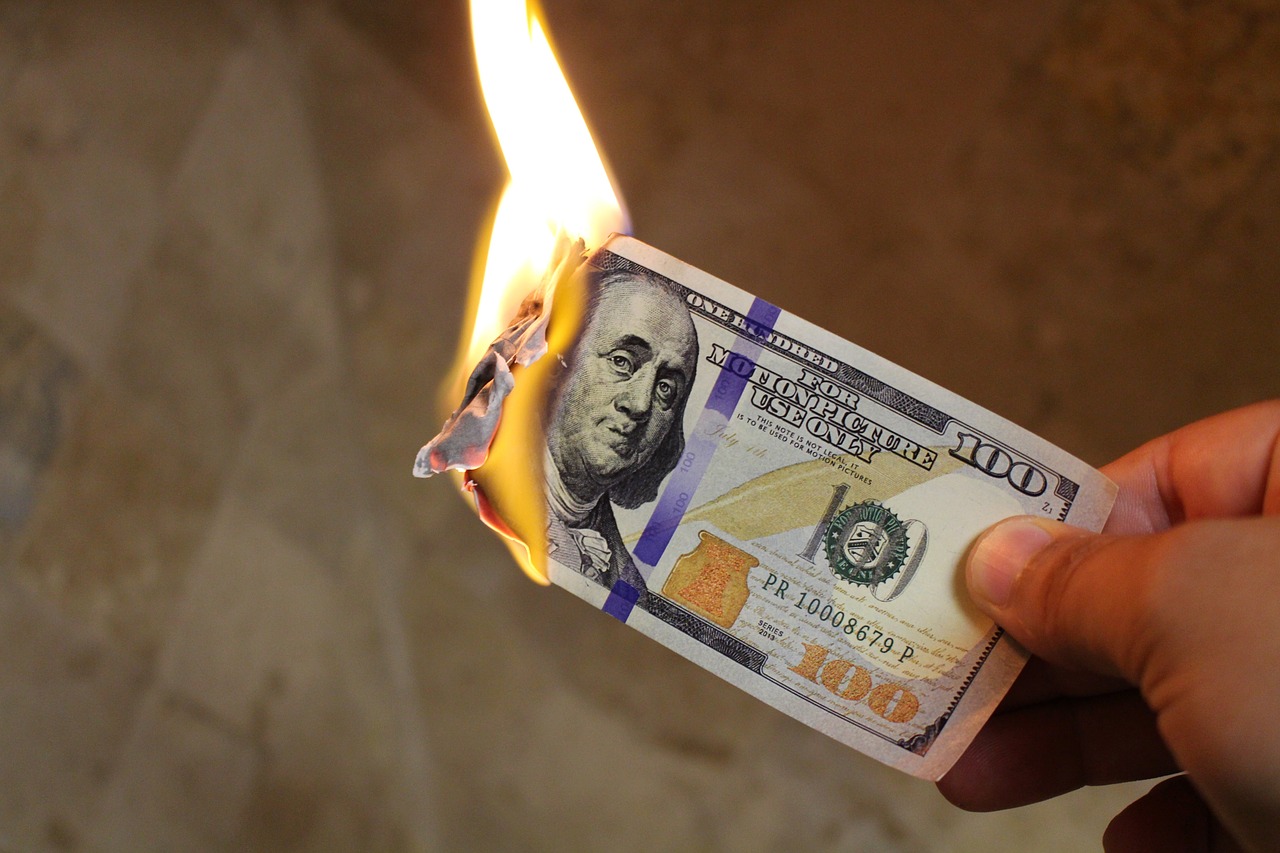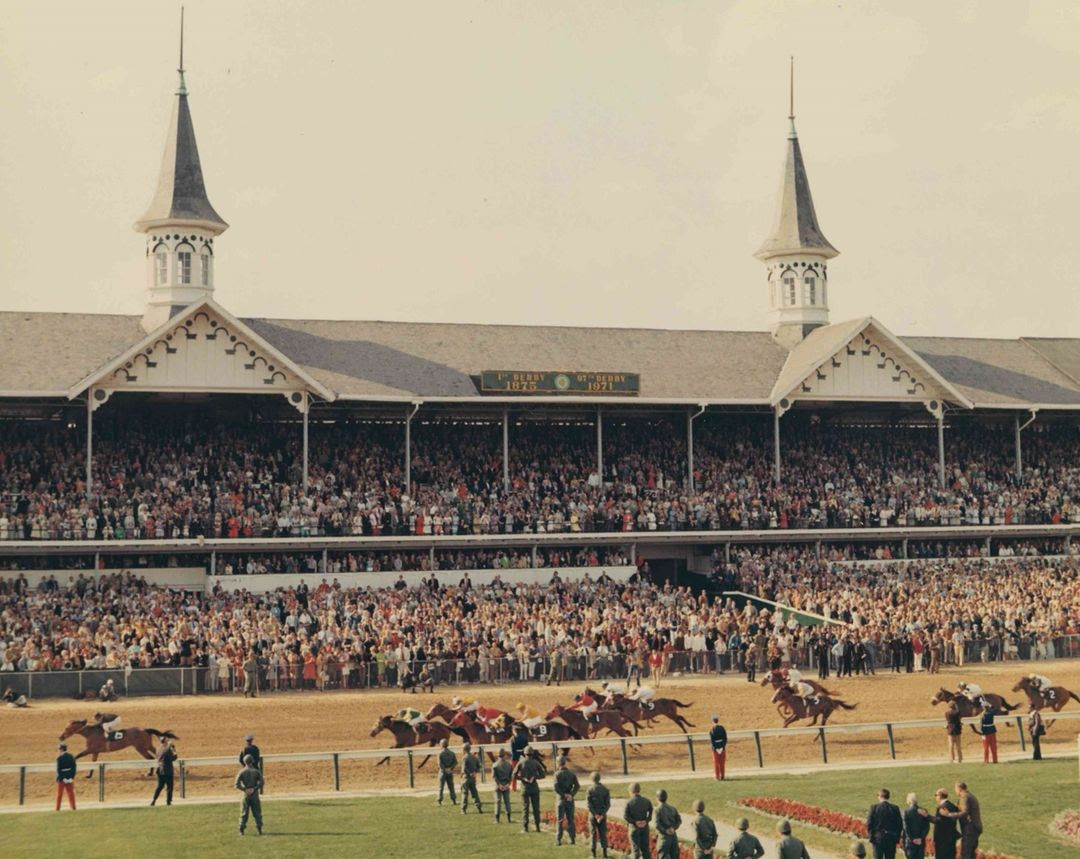From the breeding process to training to traveling, owning a horse is a costly investment. The path from a horse’s birth to a spot in the Kentucky Derby is not an easy one, as only 20 3-year-old thoroughbreds qualify to compete in the “most exciting two minutes in sports” at the Kentucky Derby each year.
Kentucky Derby horse owners are usually willing and able to spend hundreds of thousands of dollars to secure the best possible genes for their horse, and they do this through paying for stud fees. A stud fee is the amount paid to the owner of a horse in order to have a male horse breed with a female horse, and horses that have had successful careers can charge a pretty penny. War Front’s stud fees were upwards of $250,000.
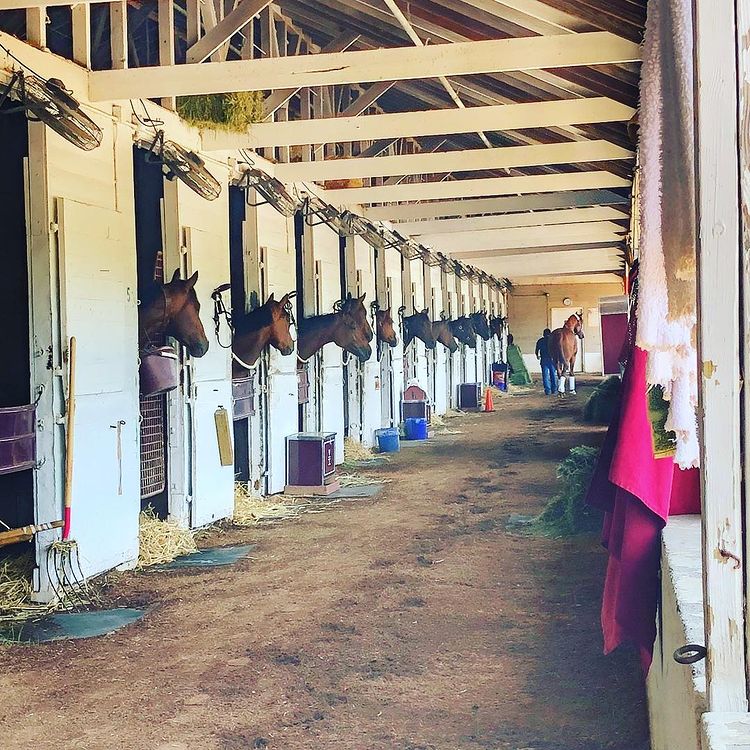
Once a horse is born, there is a bit of a waiting period in terms of racing. Typically, a horse does not start racing until it is 2 or even 3 years old. During this period, a horse begins its training even though it is not formally racing. There is some debate in the horse racing world about whether starting racing at 2 or 3 is better for the performance and health of a horse. Some prefer a horse starts at 2 and gains experience; others prefer starting at 3 to keep their horse’s legs fresh. Either way, by the time a horse is 3 it will start racing with hopes of qualifying for the most prestigious race in its sport: the Kentucky Derby.
A spot in the Kentucky Derby is earned through the qualifying process named the Road to the Kentucky Derby. Horses race in these designated qualifying events and gain points if they finish in the top four in a qualifying event. The 20 horses with the most points at the end of the qualification process are the horses who get to travel to Churchill Downs for the storied “Run for the Roses.”
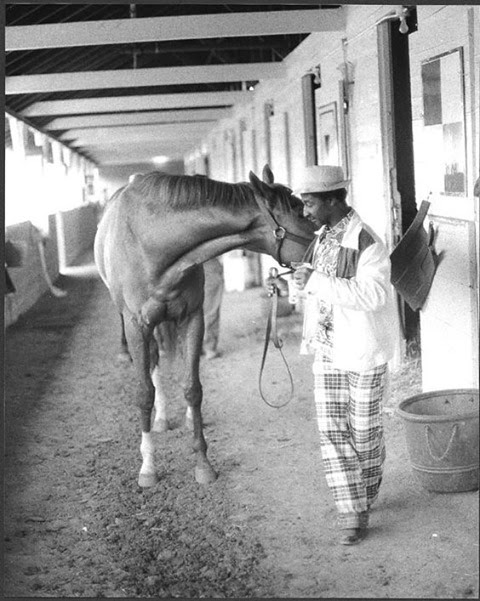 This qualifying system was redone in 2013. Previously, the qualifying system had been based on total earnings on races, but the points system was put in place in order to help put more weight on races closer to the Derby itself. As the Derby draws closer, the points for each race double in February and then again in March. This way, the horses that are in the best form and performing when it matters most get to compete. You can see this year’s final leaderboard here.
This qualifying system was redone in 2013. Previously, the qualifying system had been based on total earnings on races, but the points system was put in place in order to help put more weight on races closer to the Derby itself. As the Derby draws closer, the points for each race double in February and then again in March. This way, the horses that are in the best form and performing when it matters most get to compete. You can see this year’s final leaderboard here.
Most of us see these horses for the first time when they trot out onto the track at Churchill Downs, but these jockeys, trainers, and horses have worked incredibly hard to be able to even gain a spot to compete in the Kentucky Derby. The race may only last two minutes, but during those two minutes, where hooves are pounding and dirt is flying, the dream of every trainer, jockey, and horse is fulfilled.
Photo Credit: Google Creative Common Licenses, Kentucky Derby Instagram

